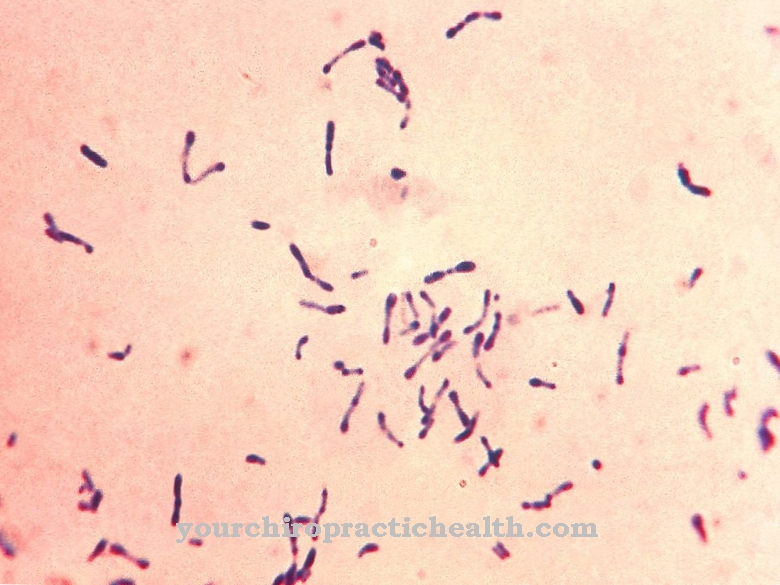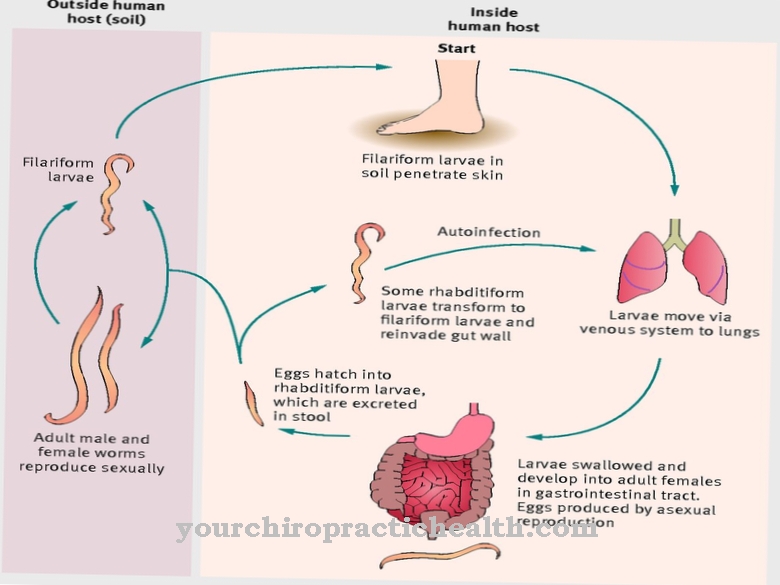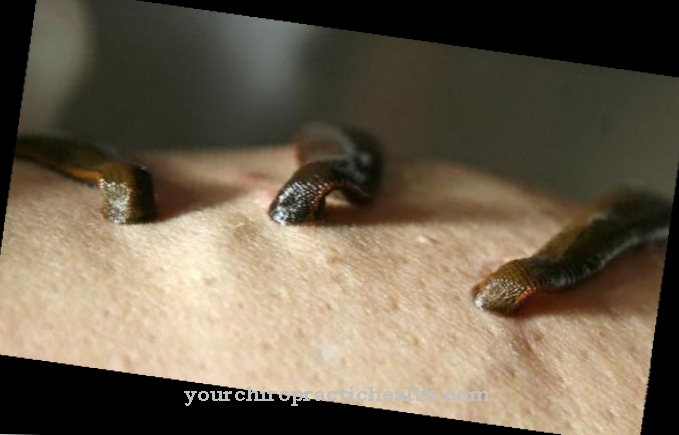Spirils are a genus of bacteria in the Spirillaceae family. They were discovered in 1832 by the natural scientist Christian G. Ehrenberg.
What are spirils?
The genus of the spirilla formerly comprised five species and was controversial because only the species Spirillum volutans and Spirillum winogradskyi could be proven to be related. The three species Spirillum minus, Spirillum pleomorphum and Spirillum pulli have been assigned to the genus from morphological observations. A direct relationship between species could not be proven by the DNA composition.
The inadequate and makeshift classification has therefore recently been expanded to include additional generic categories. The genus Spirillum now includes the 2 species Spirillum volutans and Spirillum pleomorphum.
The other species have been classified in other genera such as the Aquaspirillum. In addition, new types of spirilla such as Aquaspirillum serpens are discovered and older ones are renamed. In contrast to the members of the original genus of spirils, salt-loving spirils have now also been discovered, which are classified in the genus of Oceanospirillum.
The genera Azospirillum and Herbaspirillum were created for nitrogen-fixing spirils. The spirillum minus, which causes rat bite fever, could not yet be clearly assigned.
Occurrence, Distribution & Properties
Since the new categorization was carried out only recently and a description of all species of the new spirilla genera would go beyond the scope, the following section refers to the germs originally classified under spirilla.
Spirilles are gram-negative bacteria. So there is only a thin layer of murein with an overlying lipid membrane as the cell envelope. The rigid helical shape is striking and eponymous. The spirils use polytrichebipolar flagella for locomotion, i.e. flagella at both ends of the spiral cell. Spirilles are relatively large with a diameter of 1.4–1.7 µm and a length of 14–60 µm.
The bacterium's respiratory metabolism has specialized in organic substrates. Utilization of carbohydrates is not possible. In contrast to most aerobic organisms, the spirillum has no catalysis. Catalase is an enzyme that is responsible for breaking down hydrogen peroxide. Spirilles are therefore very sensitive to hydrogen peroxide.
Due to the insufficient breakdown of hydrogen peroxide, the spirilles have microaerophilic properties and therefore prefer low-oxygen environments. An environment with around 20% of the oxygen contained in normal air offers good living conditions for the bacterium. Spirilla cannot survive in an environment without oxygen.
Spirillum is also sensitive to high sodium chloride concentrations. A concentration of 0.2 g / L NaCl can already have a killing effect. Due to their Nacl intolerance, spirils are particularly found in fresh water. Since the germ is also microaerophilic, it survives particularly well in fresh water with a low oxygen content.
However, different types of spirilla can also be found in other liquids. In fresh pig manure, for example, the species Spirillum volutans can be detected in a very high concentration.
Despite the microaerophilic predilection of the spirilla, it is also possible in the laboratory to cultivate them at normal oxygen concentrations. Special culture media are necessary for efficient cultivation, since the spirils cannot use carbohydrates as energy.
Illnesses & ailments
The species Spirillum minus can trigger rat bite fever in humans. Rat bite fever is an infectious disease that occurs predominantly in Japan. The way the disease is transmitted is known as zoonosis. This describes a transmission from animals to humans. The infection can be triggered by bites from rats and other rodents. Other vectors can be pets that eat rodents, such as dogs or cats.
Rat bite fever is very rarely transmitted worldwide and only plays a major role in Japan. There it is called "Sodoku". The incubation of the disease can take up to three weeks. Then skin changes start to appear on the wound. A red rash forms and the sick person suffers from attacks of fever that can last for several days and periodically subside every 4-5 days. The disease can last for weeks to months. Convalescence takes place in a similarly long period of time.
It is also possible for the sick person to recover without medical assistance. However, some Japanese experts warn of serious consequences and give a death rate of 5-10% for patients who try to cure rat bite fever without medical help.
Lymphangitis can occur as an accompanying symptom. Lymphangitis is a very rare inflammation of the lymphatic system. The most obvious symptom of lymphangitis is painful, red streaks that show up under the skin on the lymphatic system. The lymphatic tracts in the subcutaneous fat tissue (subcutis) are particularly affected.
In rat bite fever, the typical streaks start from the red rash on the infected wound. The lymph nodes near the focus of inflammation then enlarge and serve as a lymph drainage area. Colloquially, lymphangitis is also known as "blood poisoning". This designation is misleading, however, since lymphangitis does not take place in the blood and cannot be compared symptomatically with sepsis, i.e. actual blood poisoning. However, in very rare and severe cases of rat bite fever, lymphangitis can be the preliminary stage of true sepsis. To do this, however, the infection must be so pronounced that it can spread to the bloodstream.
























.jpg)


